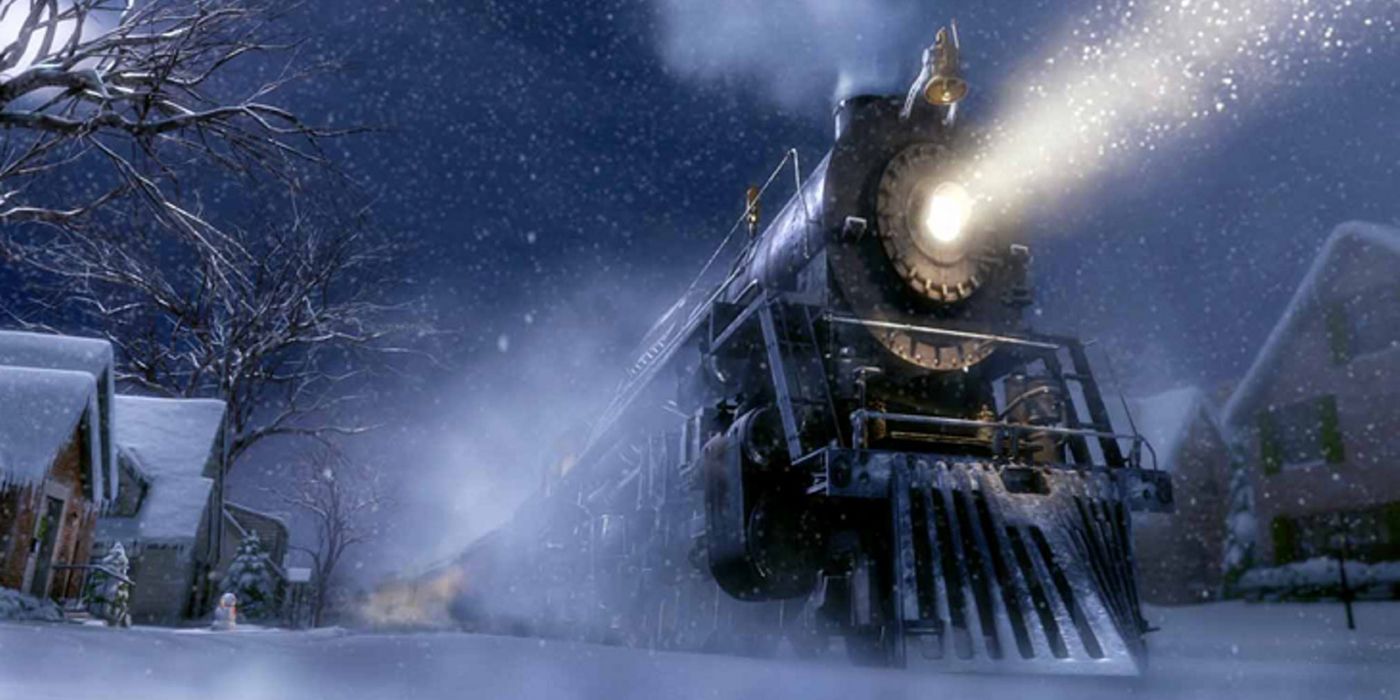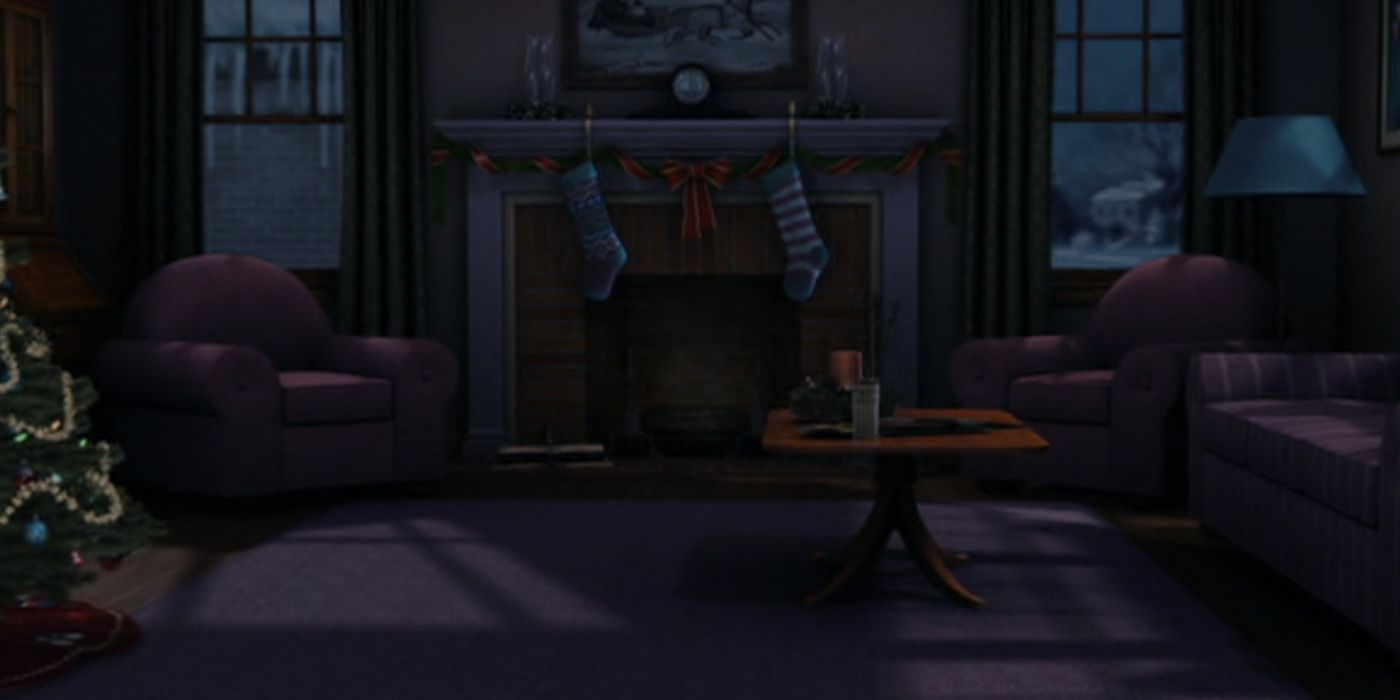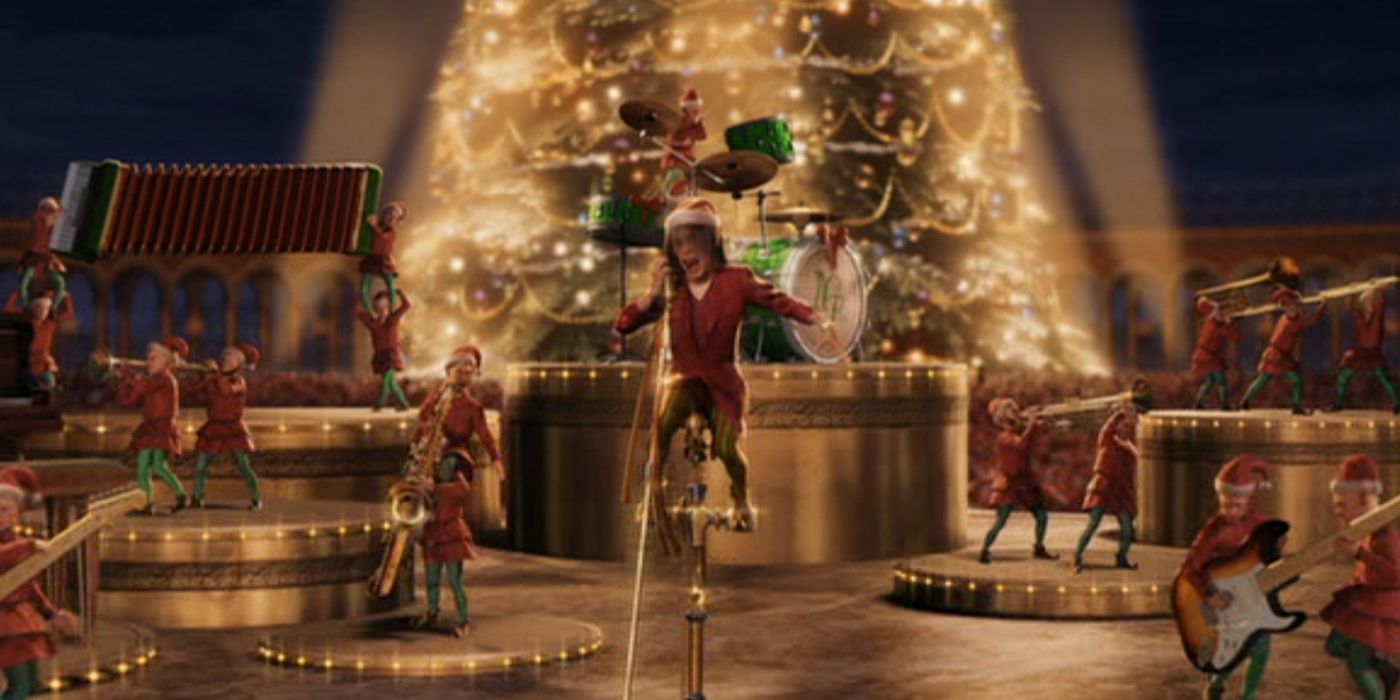Released in 2004 and directed by Robert Zemeckis, The Polar Express has become a timeless Christmas classic. From the eerie tone to the sweeping vistas, the fantastic rollercoaster sections to the freezing atmosphere, The Polar Express isn't exactly a conventional Christmas classic, but in making its identity unique, it cements its position on the December lineup.
But part of what makes it timeless is the nebulous time in which it takes place. Films taking place in modern times rarely achieve that goal, since the zeitgeist of the period inevitably shifts and makes the film a product of its time. The Polar Express, however, adroitly avoids this by taking place in the past -- something director Zemeckis is talented at making happen. But it still bears asking the question: when does the film take place?
The first clue in The Polar Express is the lack of any modern devices. This is before the creation of Walkmans and iPods, video games and computers. An examination of the living room shows a decided lack of a television set -- and even as late as the 1990s, TVs were behemoths that qualified as an extra piece of furniture and were not easily missed. Toys in the hero boy's room and unwrapped on Christmas day seem the sort that would show up today as antiques, as do the ornaments on the tree. The know-it-all kid's shirt hints at the space race of the mid-20th century. The steam radiator in the hero boy's room is, oddly enough, the sort of thing that still shows up in houses today (mostly for the aesthetic), but when it's all added up, it points to the story taking place sometime in the 1950s or 60s.
The cars on the street also point to this time, as the cars are Chevys and Fords, brands historically based in Michigan, where the hero boy is from. The models featured are possibly late '40s, early '50s, although cars then were built to last and thus only make this a starting guessing point. This coupled with the titular train itself -- identified by the know-it-all kid as being made in the '30s but by the wiki as being made in the '40s -- indicates that the story had to take place after the early '50s. However, the music used indicates it takes place later. In addition to the original songs made for the film, The Polar Express makes use of several classic Christmas carols. And while the songs by Bing Crosby and Frank Sinatra are listed as being recorded in the '40s, Kate Smith's version of "Silver Bells" didn't release until 1966. So, at the earliest, The Polar Express took place in the mid-60s.
But there's one more piece of music that pushes the date a little later: "Rockin' on Top of the World" by Aerosmith. While Aerosmith didn't exactly perform at the North Pole -- Steve Tyler is a bit taller than the elf that resembles him -- the band formed in 1970. This means that for that sound to be around and known, the film would have to take place in the early '70s. This still accounts for the classic cars on the street -- cars were much easier to fix and keep running back then -- the style of toys the kids play with, and the lack of modern technology. Even the ornaments are accounted for, as families often keep ornaments around for many, many decades.
Is this conclusive? Taking Zemeckis' Back to the Future series into account, perhaps it is. To get that film to work as a time-travel film, both the '80s and the '50s had to be recognizable, so Zemeckis understands the importance of the zeitgeist. It could also have simply been an aesthetic choice. As Calvin and Hobbes creator Bill Watterson once said, older technology is fun to draw, and in the original book, author and illustrator Chris Van Allsburg went with the same model of train the film uses, the Pere Marquette 1225 from the 1940s. By keeping the film in an almost-nebulous point in the mid-twentieth century, before the bustle of the latter half of the century, The Polar Express stays timeless -- which is what makes it work so well as a classic.



